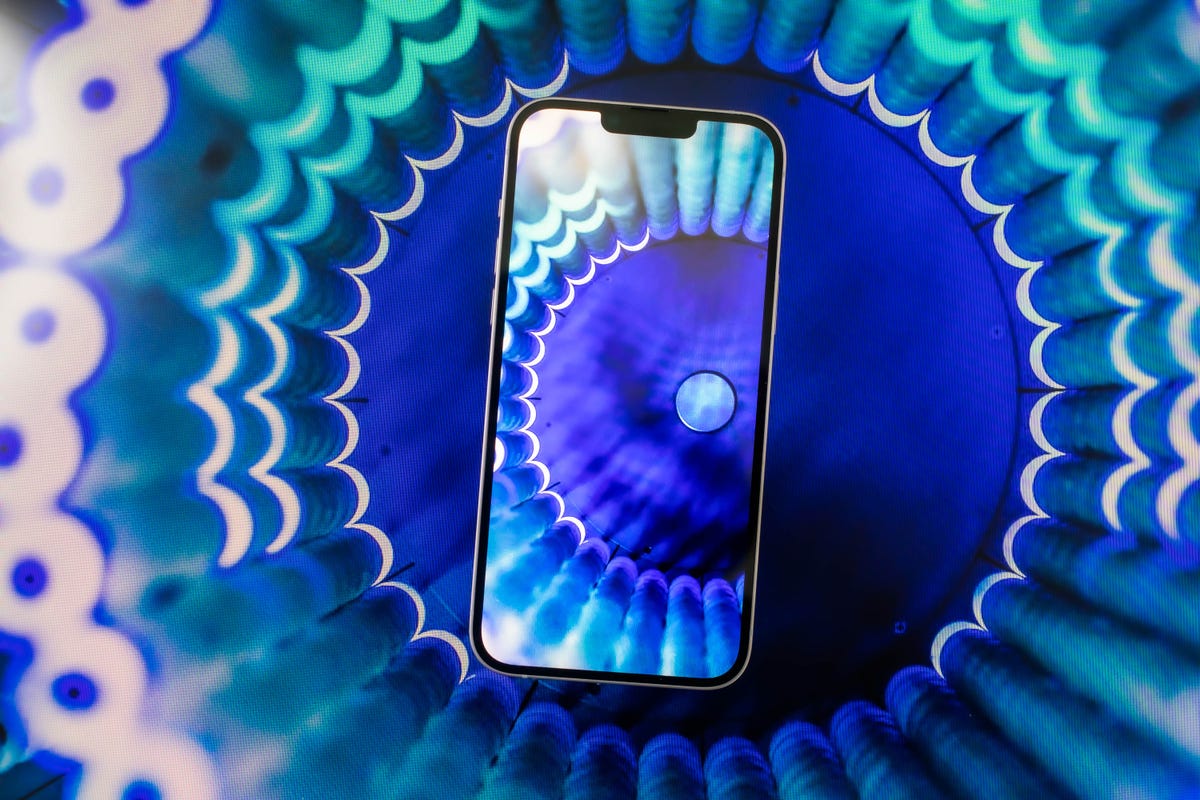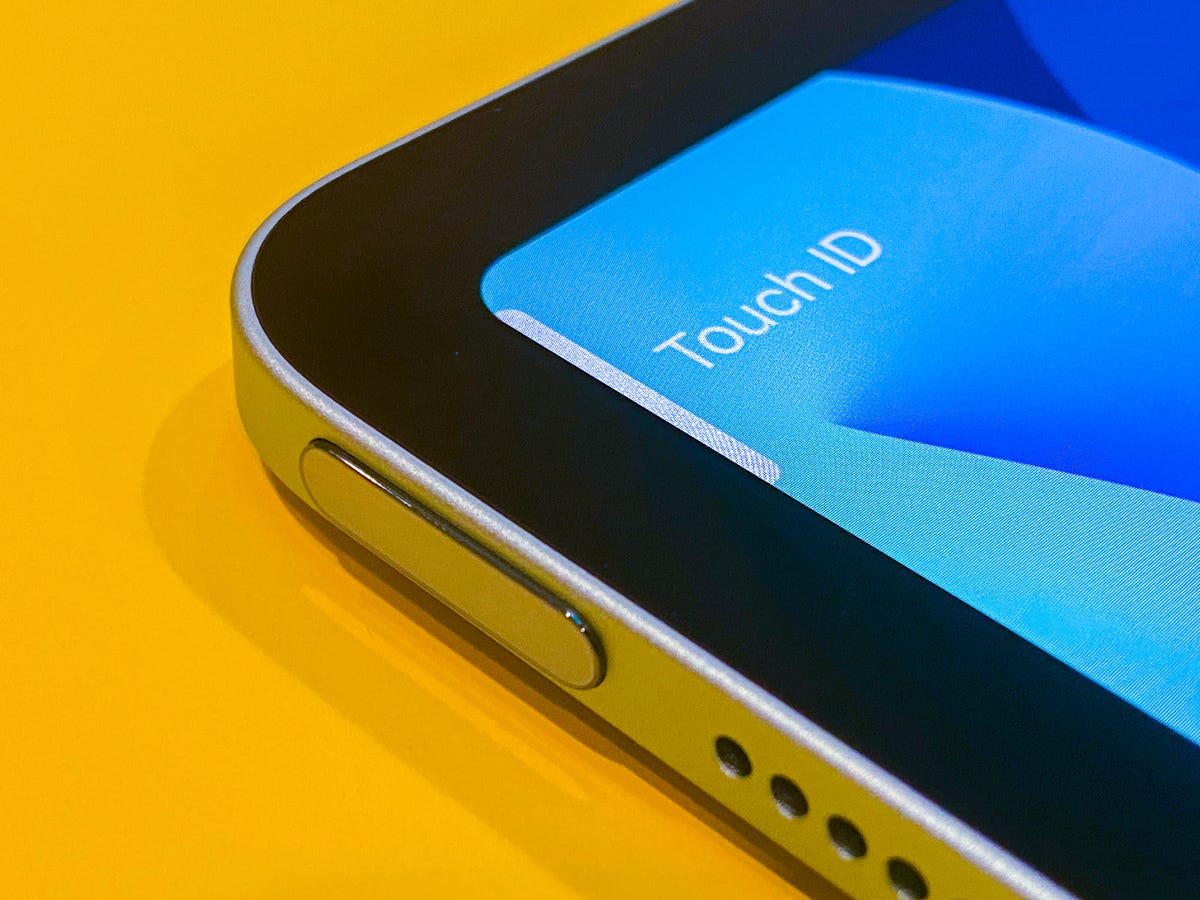Apple already addressed some of the iPhone’s shortcomings with the iPhone 14 Pro and Pro Max by adding an always-on display among other features. But there are plenty of ways Apple could further improve the iPhone experience, especially when it comes to the cheaper, non-Pro models. Among the biggest changes I’m hoping to see is a USB-C charging port instead of Apple’s proprietary Lightning connector, a switch that would make it much easier to charge multiple gadgets with the same cable.
Samsung frequently trickles high-end features down to cheaper phones over time, and I’d like to see Apple embrace this approach more fully, too. The Dynamic Island, for example, could become a more integral part of the iPhone experience if it arrives on Apple’s more affordable devices. It’s also about time that Apple’s regular iPhones got a refresh rate boost.
Apple typically announces its new iPhones in September and releases them shortly thereafter, so we’ll have to wait until then to know what’s in store for the next iPhone. But we did get a preview of new features coming to existing iPhone models at Apple’s Worldwide Developers Conference on June 5, where the company announced its forthcoming iOS 17 update.
Here’s what I’m hoping to see from the iPhone 15 later this year.
USB-C charging

The iPhone 14 Pro (pictured) has ProMotion, but the regular iPhone 14 doesn’t.
Starting with the iPhone 13 Pro, Apple added higher refresh rates to the displays on its premium smartphones. The iPhone 13 Pro, iPhone 13 Pro Max, iPhone 14 Pro and iPhone 14 Pro Max have a feature Apple calls ProMotion, which can boost the screen’s refresh rate as high as 120Hz depending on what’s being shown. This results in more fluid scrolling and smoother animations.
It’s a small touch, but one that makes the experience feel more pleasant — as my colleague Patrick Holland wrote in his review of the iPhone 13 Pro. While having a high refresh rate isn’t a deal breaker, it’s become standard on most smartphones. Google’s $599 Pixel 7 has a 90Hz refresh rate and Samsung’s $800 Galaxy S22 includes a 120Hz refresh rate, for instance. Even the $450 Galaxy A53 5G has a 120Hz display, making its absence on the $799 iPhone 14 feel even more noticeable.
However, there’s a chance Apple may keep ProMotion exclusive to its high-end smartphones this year. Ross Young, a display industry analyst and CEO of Display Supply Chain Consultants, tweeted in September that he’s not expecting to see this feature on the standard iPhone 15.
More features that use the Dynamic Island

The iPhone 14 and 14 Plus (pictured) still have a notch.
If Apple isn’t going to bring the Dynamic Island to the base iPhone 15, I hope it at least makes the notch less intrusive. The notch hasn’t changed all that much since its debut on the iPhone X in 2017, aside from the Dynamic Island on the iPhone 14 Pro and Pro Max. Meanwhile, other smartphone makers like Samsung, Google and OnePlus have found ways to provide edge-to-edge screens on their devices without carving out a large notch for the front-facing camera. Reducing the notch’s size would likely result in more screen space and a more modern look for the iPhone 15.
If Apple does move in this direction, we might have to wait until the iPhone 16 to see it. Ming-Chi Kuo, an analyst with TF International Securities known for his Apple predictions, estimates under-display Face ID and front-facing camera sensors will be coming in 2024.
That said, there are good reasons why the iPhone still has a larger notch than many of its competitors. It mostly comes down to Face ID, which is more sophisticated than the facial recognition systems found on other phones like the Pixel 7, which Google cautions shouldn’t be used for authenticating sensitive data like payment information.
However, if Bloomberg’s often-accurate Mark Gurman is to be believed, Apple will bring the Dynamic Island to all four new iPhone models in 2023.
Reverse wireless charging

The iPad Air includes Touch ID in the power button.
While Face ID is convenient in many situations, there are instances in which using your finger to unlock your phone is just more practical. That’s why I’m hoping Touch ID makes a comeback on the iPhone. Maybe you haven’t had time to set up Face ID so that it works with a mask yet, or perhaps you’re just not holding your iPhone at the right angle for Face ID.
Apple clearly sees the value in fingerprint recognition, considering the top button on the latest standard iPad and iPad Air have Touch ID. Doing the same for the iPhone 15 would add more convenience, giving users the choice to use Face ID or Touch ID depending on the situation. Most Android phones have both a fingerprint reader and some form of facial recognition, so it would be great to see iPhone users get the same options.
It’s unclear whether Apple will ever bring Touch ID back to the iPhone. While the analyst Kuo previously predicted that future iPhones would get an under-display fingerprint sensor, he changed his outlook in March 2022. With rumors from Kuo suggesting that Apple may cancel the iPhone SE it had previously planned for 2024, introducing a new iPhone with Touch ID could be more important than ever.
The updates I’m hoping to see in the iPhone 15 may not seem revolutionary, but they’re bound to make everyday tasks like charging and unlocking your phone a bit easier.
